19 D-shaped magnetic coils that will make up the core of ITER now arrived in France, to begin construction of the tokamak.
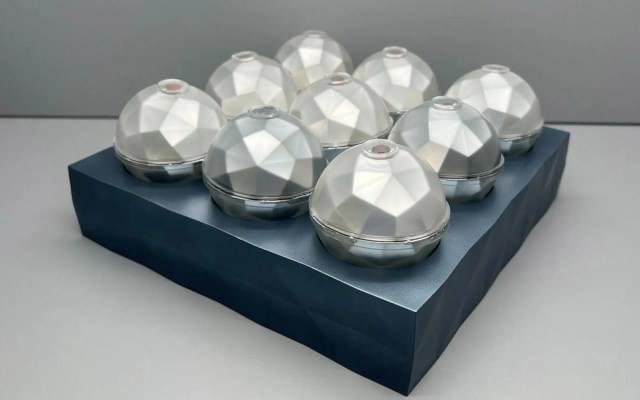

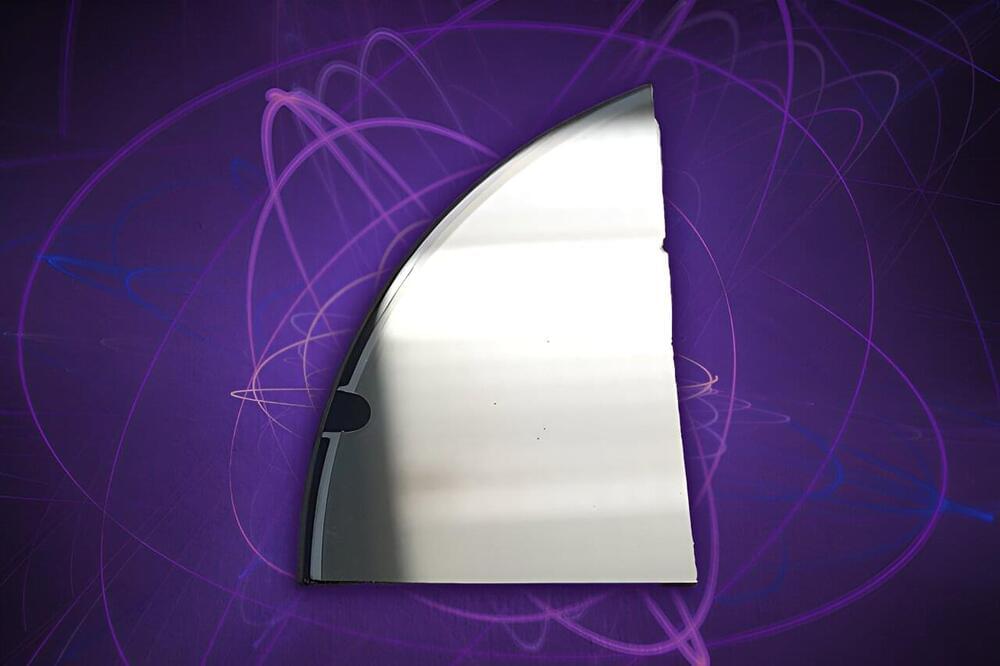
A material with a high electron mobility is like a highway without traffic. Any electrons that flow into the material experience a commuter’s dream, breezing through without any obstacles or congestion to slow or scatter them off their path.
The higher a material’s electron mobility, the more efficient its electrical conductivity, and the less energy is lost or wasted as electrons zip through. Advanced materials that exhibit high electron mobility will be essential for more efficient and sustainable electronic devices that can do more work with less power.
Now, physicists at MIT, the Army Research Lab, and elsewhere have achieved a record-setting level of electron mobility in a thin film of ternary tetradymite—a class of mineral that is naturally found in deep hydrothermal deposits of gold and quartz.
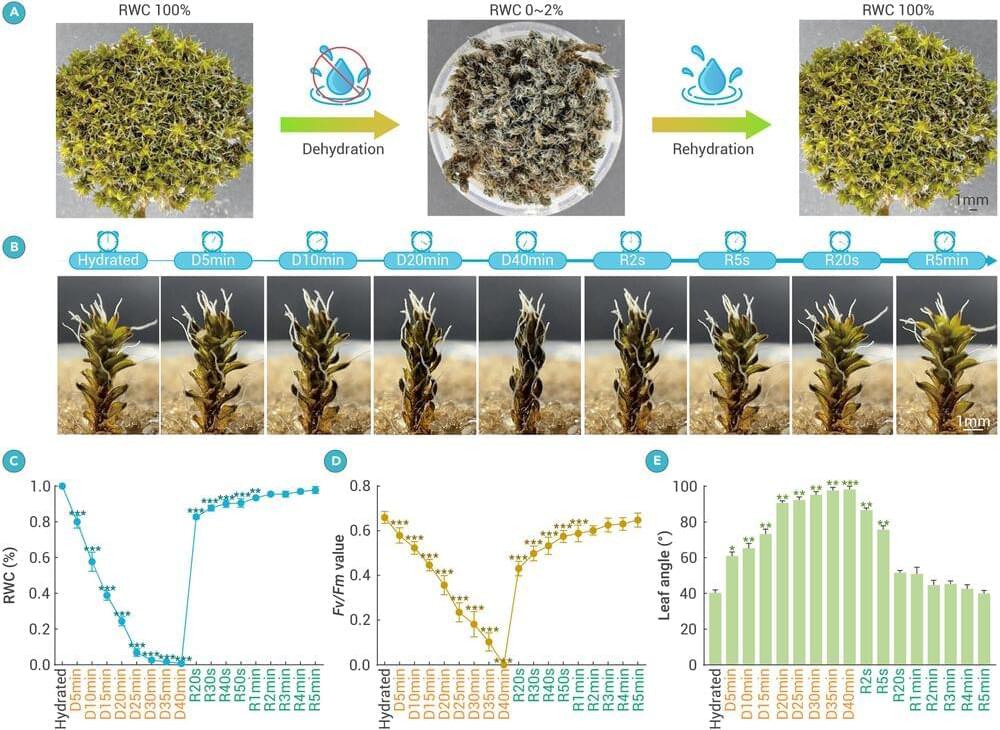
The desert moss Syntrichia caninervis is a promising candidate for Mars colonization thanks to its extreme ability to tolerate harsh conditions lethal to most life forms. The moss is well known for its ability to tolerate drought conditions, but researchers report in the journal The Innovation that it can also survive freezing temperatures as low as −196°C, high levels of gamma radiation, and simulated Martian conditions involving these three stressors combined. In all cases, prior dehydration seemed to help the plants cope.
“Our study shows that the environmental resilience of S. caninervis is superior to that of some of highly stress-tolerant microorganisms and tardigrades,” write the researchers, who include ecologists Daoyuan Zhang and Yuanming Zhang and botanist Tingyun Kuang of the Chinese Academy of Sciences.
“S. caninervis is a promising candidate pioneer plant for colonizing extraterrestrial environments, laying the foundation for building biologically sustainable human habitats beyond Earth.”

In this episode of the 5th Industrial Revolution VODcast we sit down with Dr. Jordan Okie of Arizona State University School of Earth and Space Exploration to discuss a key relevancy to the next industrial revolution, sustainability, through the lens of Dr. Okie’s area of expertise: Ecology and Biology. Our key takeaways: We are in a race against time and extinction. We will need to find a way to evolve through technology to survive, be it here on Earth or in our exploration of Space.

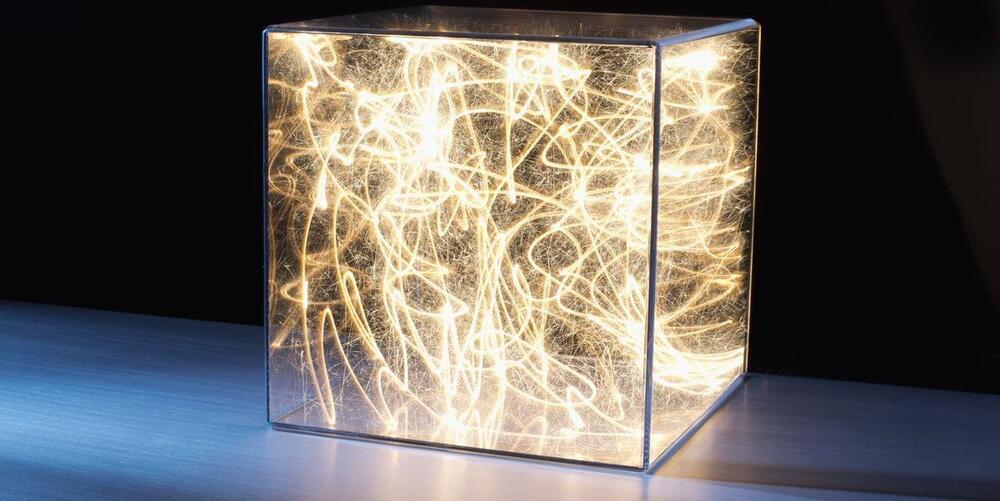
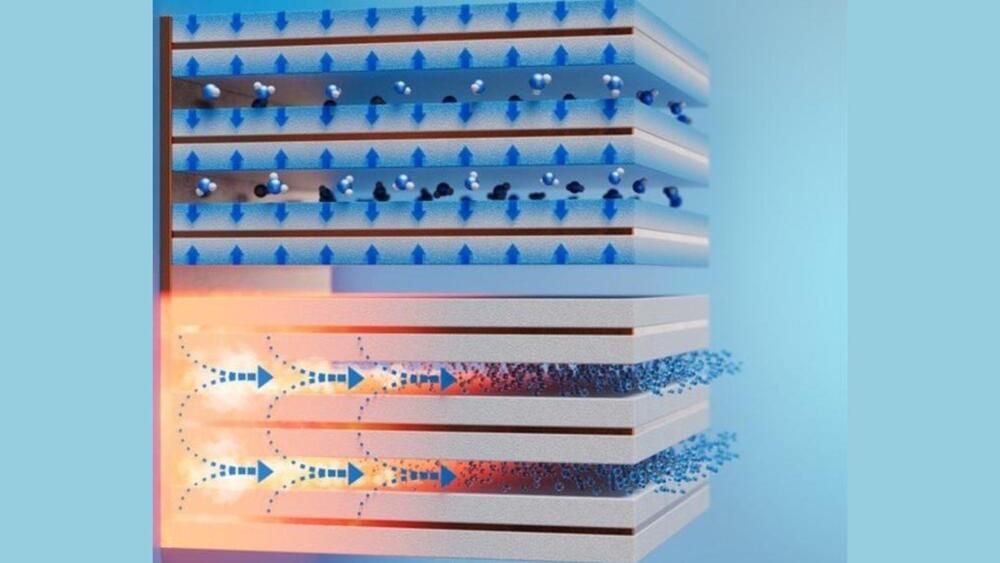
Disruptive innovations in technology, such as humanoid robots and electric vehicles, will lead to significant changes in labor, economy, and society, posing both opportunities and challenges for the future.
Questions to inspire discussion.
What are the predictions about the future of electric vehicles?
—The video discusses accurate predictions made by Tony Seba and his team about the future of EVs, which the media has not reported on.

Update: China´s Moon Mission Returned Now Samples from the #Moon to #Earth. Why this is important, specially for the origin of life:
On June 1, China’s Chang’e-6 lander touched down in the South Pole-Atkin Basin — the largest, deepest, and oldest impact crater on the Moon. The probe almost immediately set to work drilling into the ground to collect about 2 kilograms of lunar material, which is already headed back to Earth, with a landing in Mongolia planned for June 25. It isn’t just planetary geologists who are excited at what the returning rocks and soil might reveal. If we’re lucky, the first samples from the lunar farside could also include some of the oldest fossils ever found.
The SPA basin, as it’s sometimes called, is the result of a gigantic impact that occurred between 4.2 and 4.3 billion years ago, at a time when the Moon and Earth were very close neighbors. The crater is roughly 2,500 kilometers (1,600 miles) in diameter and between 6.2 km and 8.2 km (3.9 to 5.1 mi) deep, encompassing several smaller craters like the Apollo basin, where Chang’e-6 landed, and Shackleton crater, parts of which lie in perpetual shadow.
The main focus of 21st-century lunar exploration is searching for natural resources such as water ice that could be turned into rocket fuel and drinking water for astronauts, as well as helium-3 that might someday fuel nuclear fusion reactors. Another potential scientific treasure is often overlooked, however. The Moon is the only place where we might find fossilized clues to the origin of life on Earth. On our own planet’s dynamic surface, hungry microbes would have destroyed such evidence a long time ago.